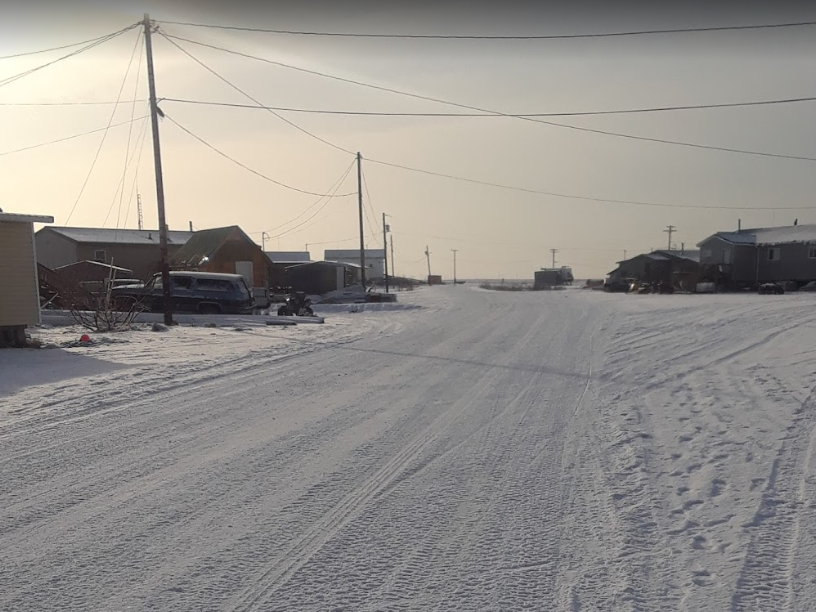Climate change crisis: Thawing permafrost forcing Alaskan villages to relocate
Further damage to coast could unleash sewage into bay residents depend on for food

Your support helps us to tell the story
From reproductive rights to climate change to Big Tech, The Independent is on the ground when the story is developing. Whether it's investigating the financials of Elon Musk's pro-Trump PAC or producing our latest documentary, 'The A Word', which shines a light on the American women fighting for reproductive rights, we know how important it is to parse out the facts from the messaging.
At such a critical moment in US history, we need reporters on the ground. Your donation allows us to keep sending journalists to speak to both sides of the story.
The Independent is trusted by Americans across the entire political spectrum. And unlike many other quality news outlets, we choose not to lock Americans out of our reporting and analysis with paywalls. We believe quality journalism should be available to everyone, paid for by those who can afford it.
Your support makes all the difference.Accelerating erosion due to thawing permafrost is causing subsidence and threatening crucial infrastructure in some settlements in North America, forcing people to make plans to relocate entire villages, officials have said.
One such settlement is the village of Quinhagak, on the Bering Sea, where the Kanektok River is eroding large chunks of its banks and surrounding land on one side, and the sea is claiming land on the other.
Problems with erosion in the village were reported in 2012 – a year after the settlement first had running water, but a warming climate means the rate of erosion has risen, according to local news outlet Alaska Energy Desk.
One of the community’s biggest concerns is regarding sewage waste, which flows into an artificial lake near the sea. The coastal erosion is now threatening to break through the ground to reach the sewage and could release it into the sea, which would be a disaster as the bay is an important food source.
The village’s laundrette and health clinic are also affected, with subsidence creating large cracks in buildings.
Despite efforts since 2012 to mitigate the effects, which included the installation of thermosiphons, designed to keep the ground frozen, the overall rate of warming has been too fast.
The village’s airstrip and water treatment facilities have also been affected.
Warren Jones, the president of the village’s corporation, Qanirtuuq Inc, told Alaska Energy Desk: “I think it’s time to start preparing. It’s coming. There’s no other way about it.
“We have to relocate to better ground, get these engineers out here with their certificates and say, ‘This is good land,’ even though our elders already know what land to pick.”
For now it is thought the sewage facility will be reinforced, and plans will be drawn up for uprooting the village and resettling.
Newtok, another coastal community north of Quinhagak, in a similar predicament, is preparing for a move it estimates could cost more than $100m (£79m).
Join our commenting forum
Join thought-provoking conversations, follow other Independent readers and see their replies
Comments